Filling the landscape with perennials is an excellent choice; perennial plants require less maintenance and bloom year after year with minimal effort. Planting perennials is easy, but you should know a few things first to be successful. The thing about perennial plants is that they are permanent, so any mistakes made during planting turn into long-term troubles.
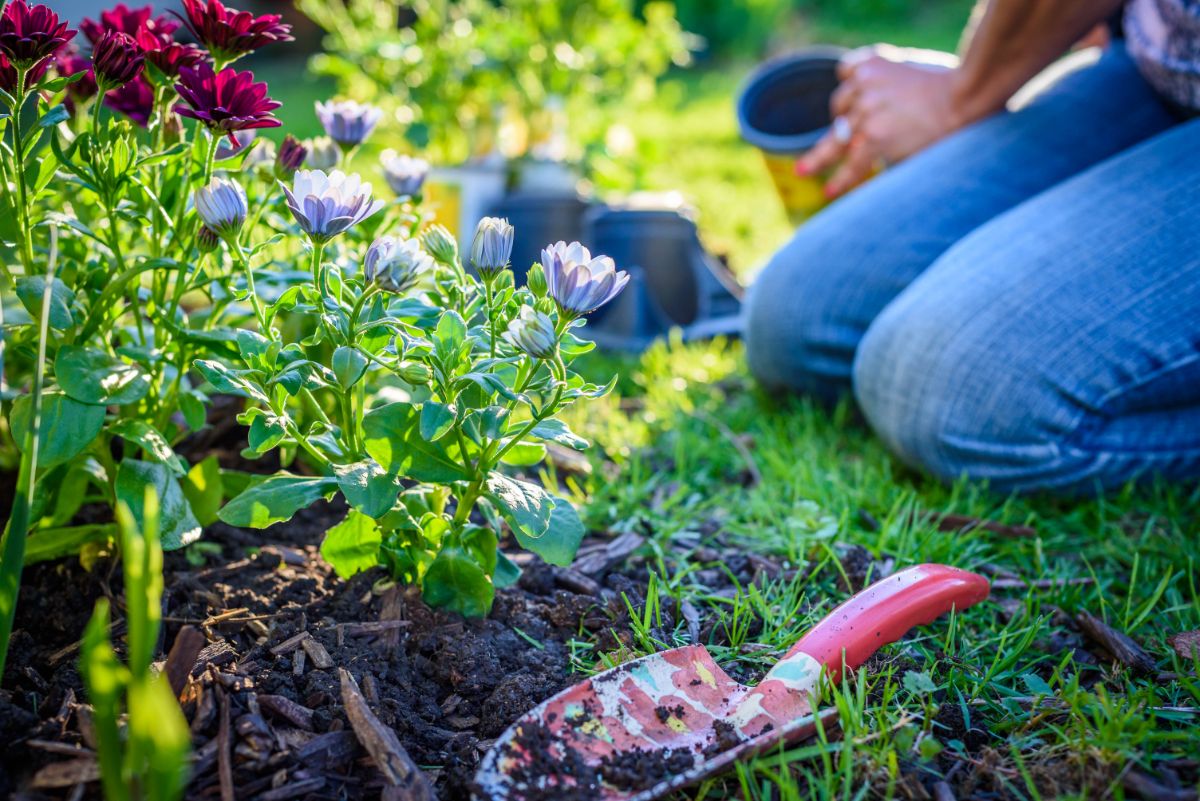
This list of common mistakes to avoid will have you growing perennial plants successfully right from the beginning. Then, you can spend your time admiring all your beautiful blooms instead of stressing about the plants.
Perennial plants are powerhouses in the landscape. They often grow vigorously and multiply with little difficulty. However, perennials will struggle to thrive without the right environment and circumstances. If you notice your current perennials struggling to grow or not producing flowers, these pointers will also help you fix any problems.
Jump to:
Top 5 Mistakes To Avoid When Planting Perennials
1.Location
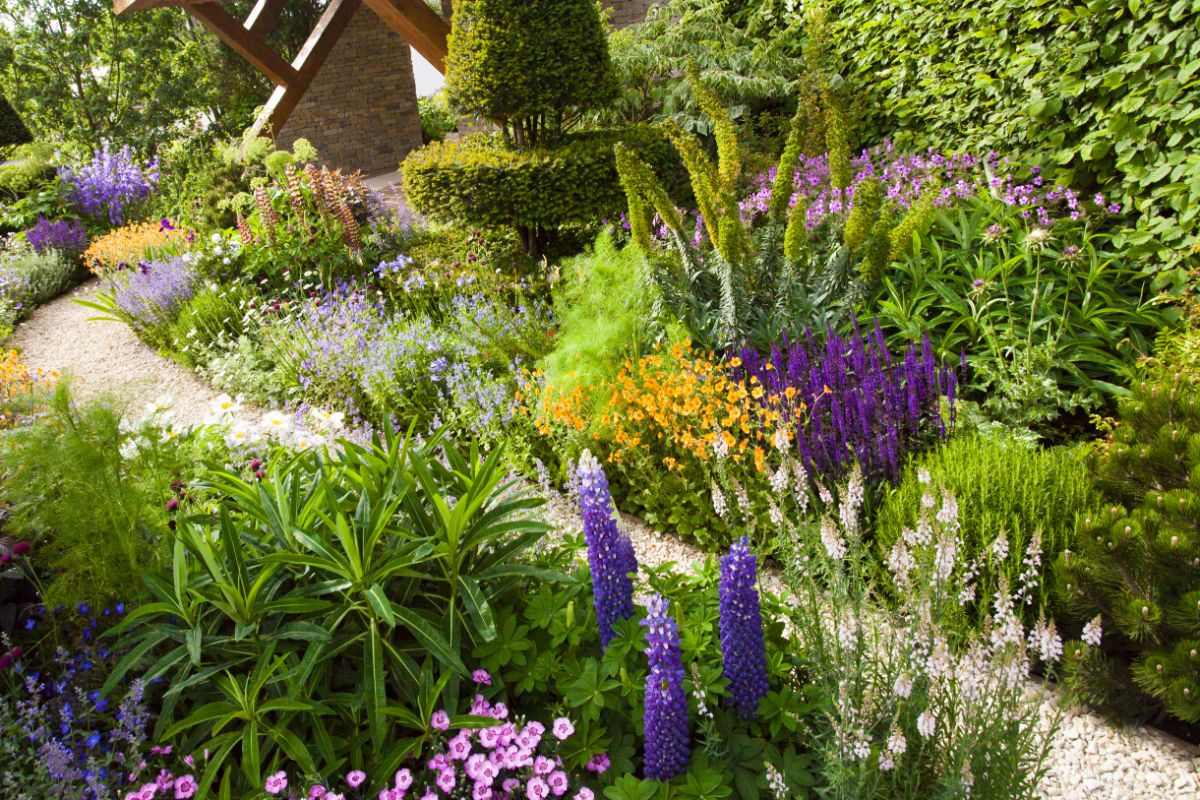
Choosing an inappropriate location is the number one reason for failure when growing perennial plants. The spot you choose to plant is permanent, and it must match the plant's needs. Learn all about the perennials before planting; you cannot just put them anywhere.
Things to consider when choosing a location:
- Sun, shade, or partial shade – Light is vital to a plant's ability to grow. Too little light, and it might not grow at all, or it will remain small and probably not flower. If there's too much light, the leaves may burn, and again, there will be issues with flowering.
- Soil type – Many perennials are hardy and not picky about soil type, while others will only grow in a particular terrain. Know what the plant likes before planting. If your soil is less than ideal, consider amending it with compost or organic matter before planting.
- Drainage – Some perennials like boggy soil, while others prefer a drier foundation. Know your landscape and the moisture retention of your soil before planting anything. This way, you can choose the best plants for your existing landscape.
2.Hardiness
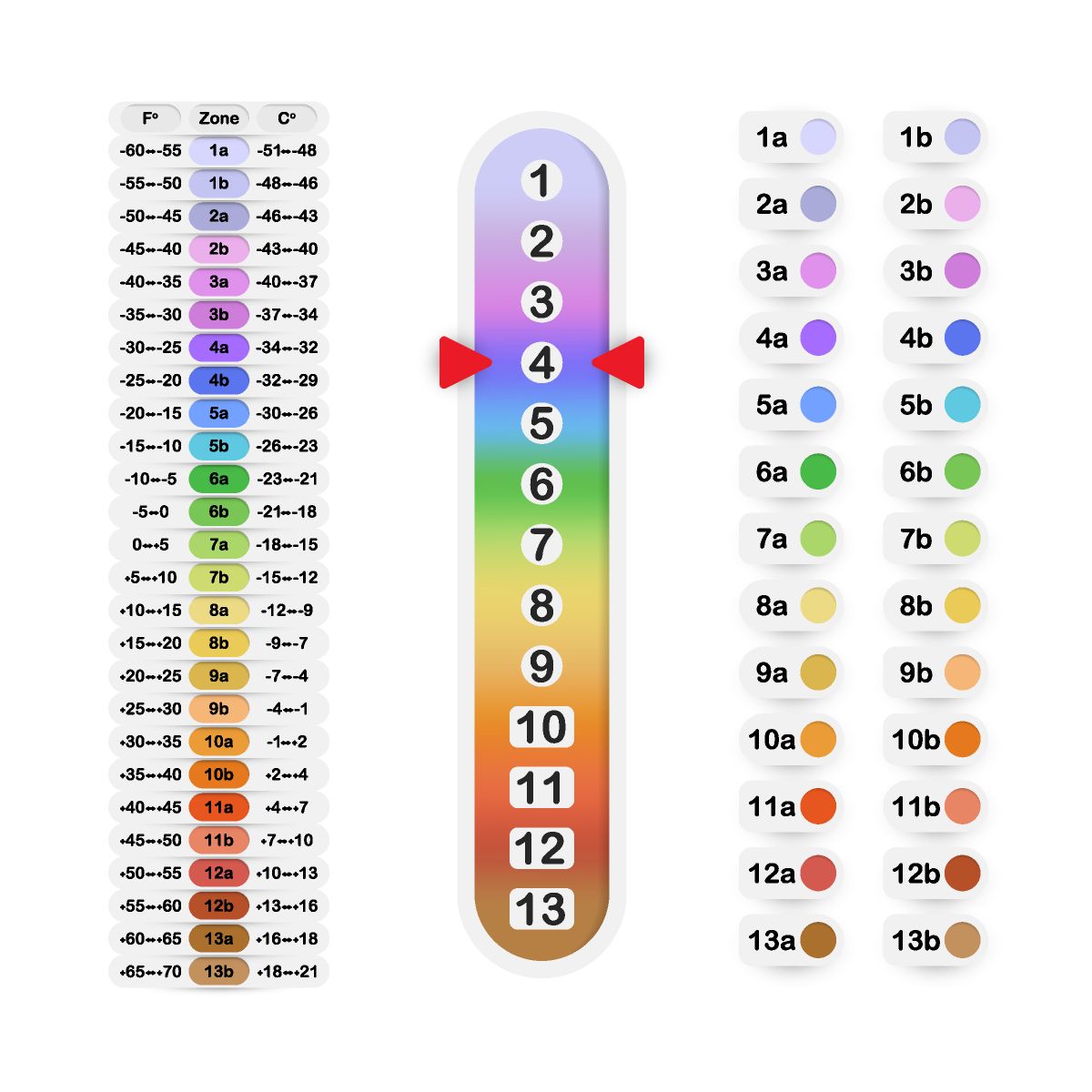
North America is divided into climate regions based on the lowest average temperatures in each area. These hardiness zones created by the USDA are meant as a guide for gardeners to determine the best planting dates and plant choices.
For example, a plant rated for zone 7, where it is quite hot, may not grow well in zone 4, which experiences cold winters. As a gardener, of course, you want to choose plants that will thrive in your particular region and climate conditions.
To find out your hardiness zone, visit the USDA Plant Hardiness Zone Maps. As you plan your perennial garden, find your grow zone and then choose plants that match it. Most perennials will list a zone range, for example, zones 3-5.
3.Maintenance
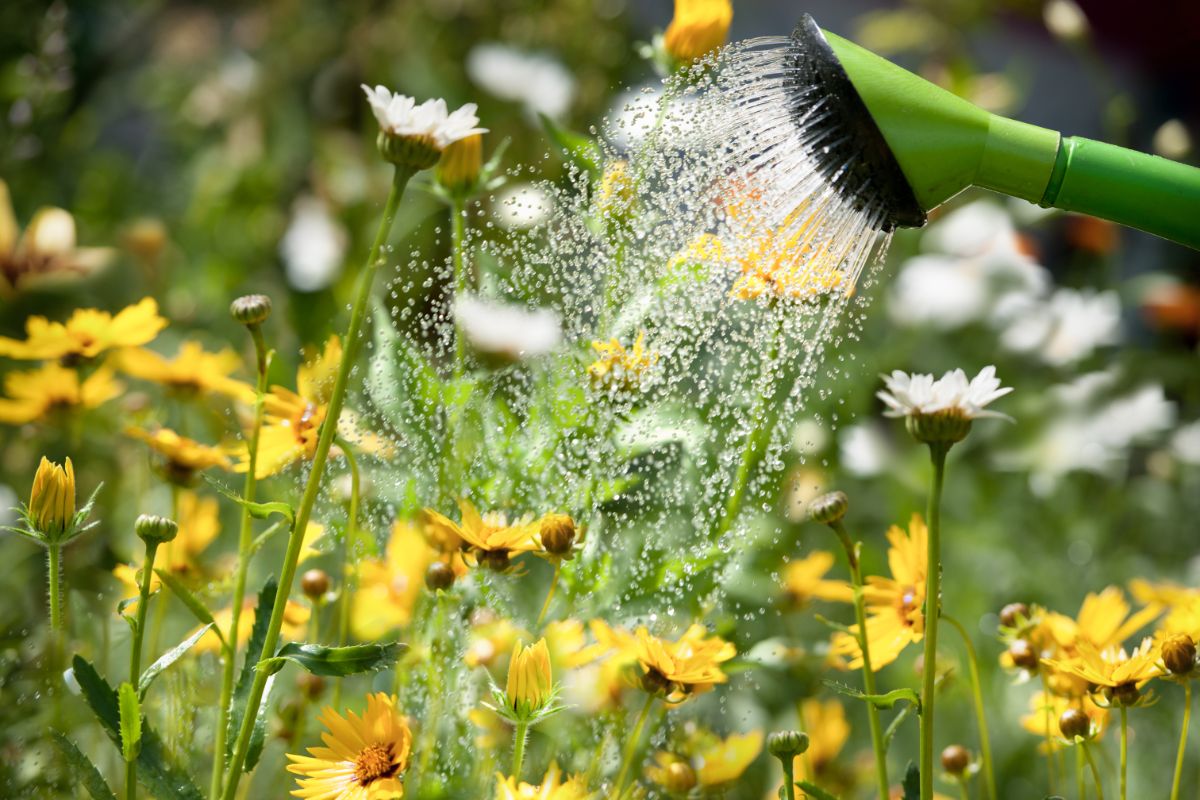
Even though the majority of perennials are low-maintenance, this doesn't mean they will survive without any care at all. These plants still need basic care; the precise amount will vary by species, so it's best to do a little research beforehand, so you are prepared.
Some basic gardening tasks always need doing, regardless of the plants you are growing. Weeding, mulching, and watering are a few things that should never be neglected.
Weed regularly to ensure a good-looking garden bed and landscape. Weeding isn't just done for aesthetics, though. All weeds will compete with your perennials for resources, like soil nutrients, space, moisture, and light. These nuisances need to be eliminated before they impact the health of your flowers and shrubs.
4.Crowding
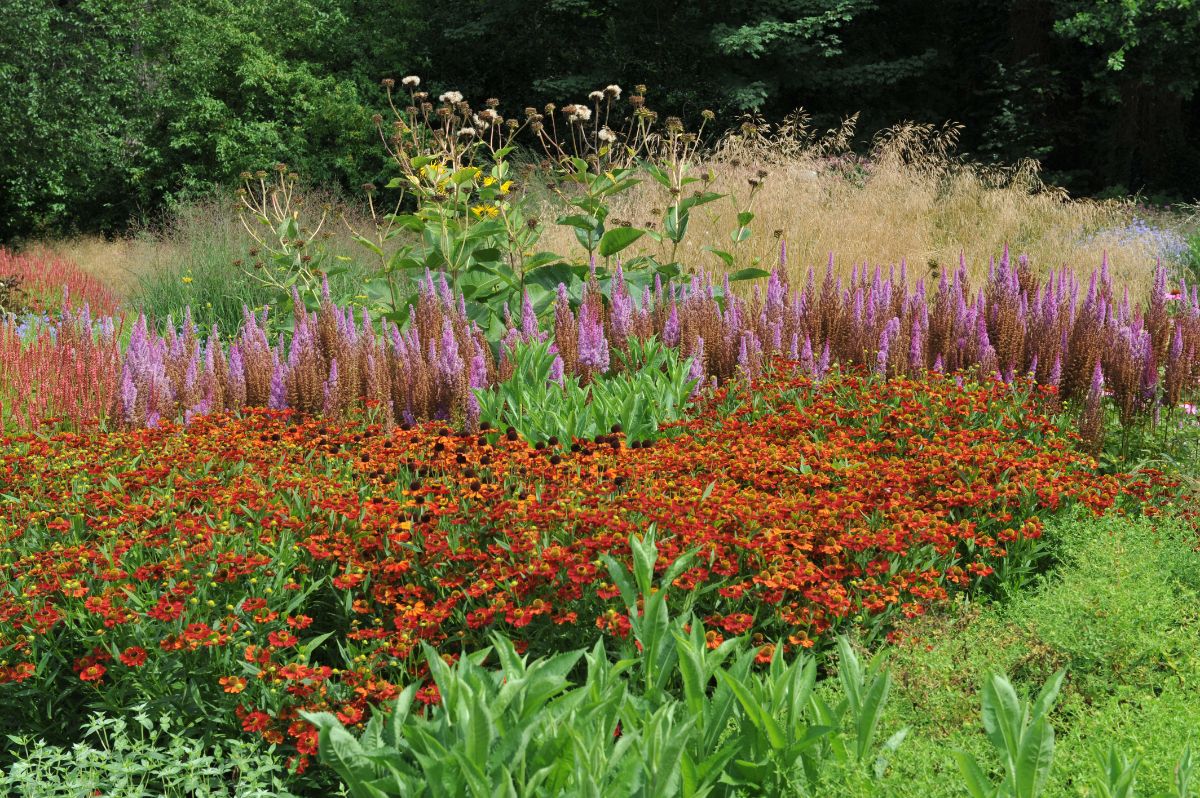
Seeds and baby plants can be deceptive; they look so small, it's hard to imagine the size they will reach. And, it may take several years for the plant to reach its full extent. Way too often, we see the small immature plant and put it in a spot that fits perfectly at the moment, without considering the eventual space it will need.
Don't let this crowding problem happen to you; it's a very prevalent issue. Then, you have to either dig up the mature plant and resituate it or prune it all the time to keep the size down and fitting in the little space. A common problem is planting the baby perennial too close to a building or pathway and then struggling with it as it gets in the way.
It's not just important to pay attention to the height; you also need to consider width. Insufficient space to spread out will throttle growth and potentially cause the spread of disease and pests. After all, it's easier for the pests to jump from one plant to another if they're in too close proximity.
The plant tag or seed packet should provide height and width information. For a little while, your perennial garden may look unrefined and unfilled, with large spaces between plants as they take their needed time to mature. It's only temporary, don't worry! As long as you measure out the area properly, they will fill in over time.
5.Mulching
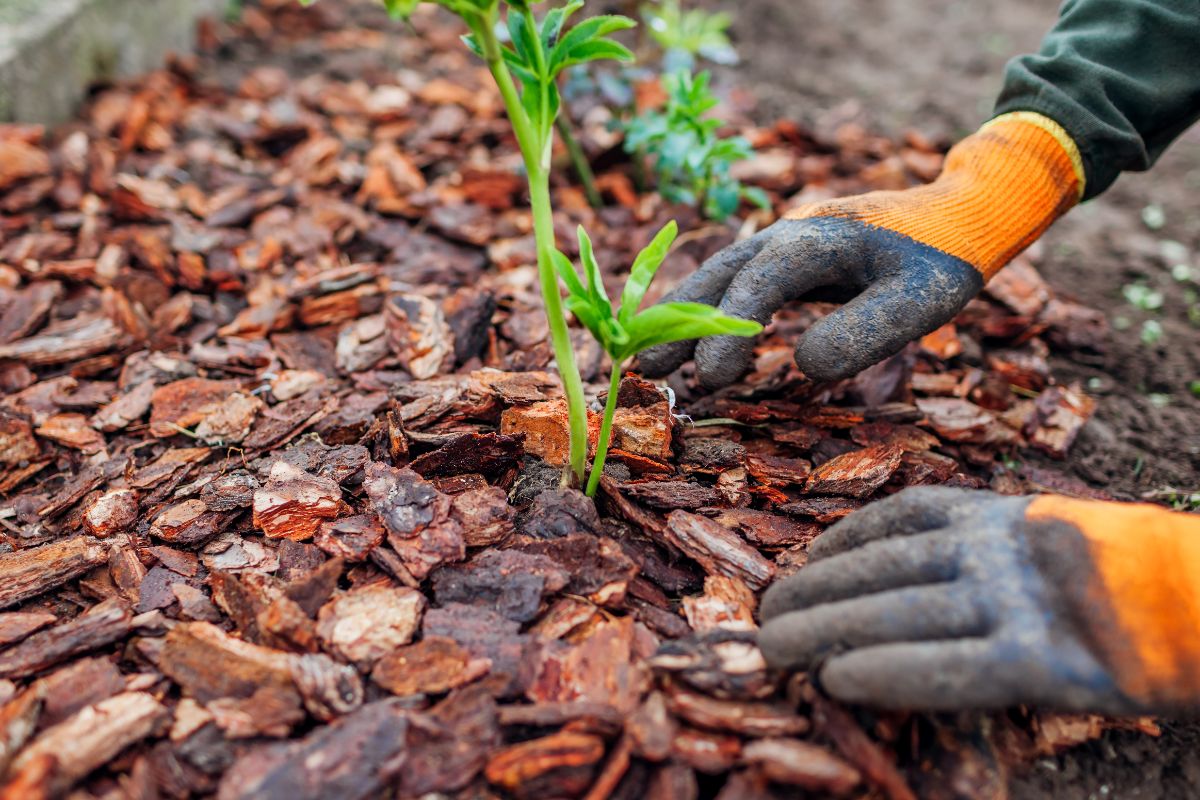
Mulching works hand in hand with weeding, controlling the growth of unwanted plants. Applying a layer of mulch suppresses weed growth, assists in moisture retention, and keeps the soil at a more even temperature.
When mulching, only apply 2-3 inches on top of the soil. If you add less than that, it won't be effective. Too much mulch, on the other hand, suffocates the soil and plant, preventing airflow and natural water flow. Also, and this is a big one because it happens so often, do not put the mulch right up next to the crown or stems of the plant. Leave 3-4 inches between the mulch and stem, again to prevent suffocation.
Mulch breaks down over time, so you'll need to bulk it up every spring to keep it at adequate levels. Applying mulch isn't a fun gardening job, but it saves so much time and effort in the long run, it quickly makes up for the initial hard work. Apply extra mulch in the winter to protect the plants if you live in a cold climate.
Tips For A Successful Perennial Garden
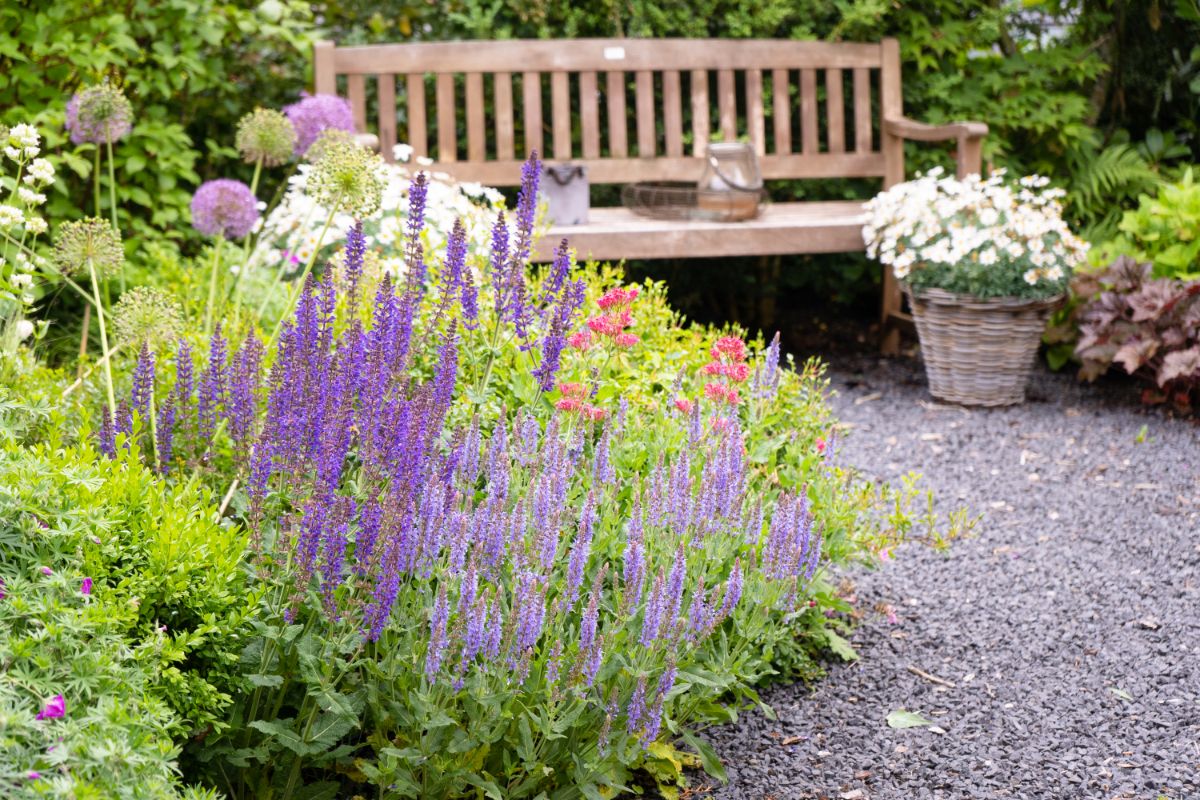
- Consider the mature heights of each perennial before planting. Since these plants will continue to grow in the same spot year after year, it would be awful if some get continuously hidden by others. Put the tall perennials in the back and layer the heights, so you don't miss any of the blooms.
- Choose perennials that bloom at different times. It's easy to get caught up in color schemes and flower displays and overlook bloom times. But, it is just as important. If they all bloom simultaneously, the flowering will be outstanding but also short-lived.
- The best perennial gardens include plants that flower throughout the seasons to maintain a long period of interest. The garden is there to be enjoyed, so stretch it out as long as possible with early, mid, and late-blooming flowers.
- Don't neglect deadheading spent flowers. Deadheading is simply cutting or pinching off old, dead flowers. This process improves the garden's overall look, but it is more than that.
- Deadheading spent flowers redirects the plant's energy, encouraging it to produce more blooms. Diverting the plant back to flower production also stalls the production of seeds. Once the plant goes to seed, it won't bloom anymore.
- Trellis or stake tall stemmed perennials. Most won't need it, but some particularly tall and unsteady plants benefit from a framework. Delphiniums, peonies, and hollyhocks always need staking. It's always easiest to set up stakes before the plant gets too big. Otherwise, you risk damaging the branches and roots.
- Perennials can be planted in spring or fall. Fall planting dates often get forgotten or overlooked because we are so accustomed to starting new plants in spring. A majority of perennials actually are best planted in fall, so mark it on your calendar – fall is for planting!
- You can start perennial plants from seeds or transplants. Often, it's better to get young plants from a local garden center because they're already established and are easy to get right into the garden.
- On the other hand, seeds are significantly less expensive. Of course, they'll take much longer to get established from seed, so you need to weigh convenience against the cost to figure out the best option for you.
- Don't get overly enthusiastic about fertilizing. Most perennials don't need regular fertilizer applications, though some benefit from it occasionally. The only time to fertilize is if you notice the plants suffering. To understand what your plants need, you need to do a soil test – then you'll know how to fix the issue.
- When choosing perennials for your yard, don't focus solely on the flowers. Foliage is also a way to add interest, texture, and color to the landscape. Some perennial foliage features uniquely shaped leaves with interesting colors. Mix it up and keep it fresh and attractive!

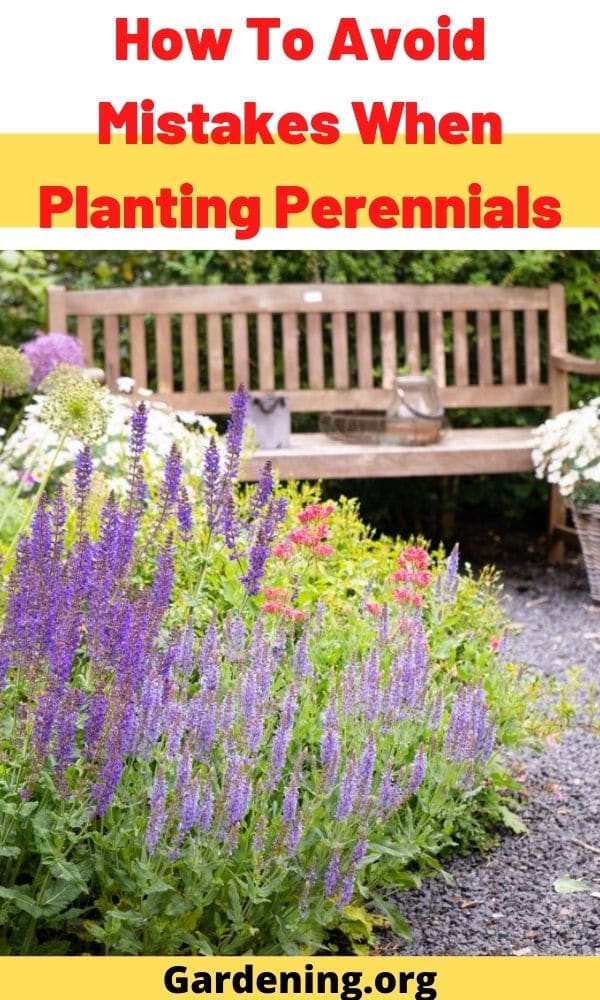
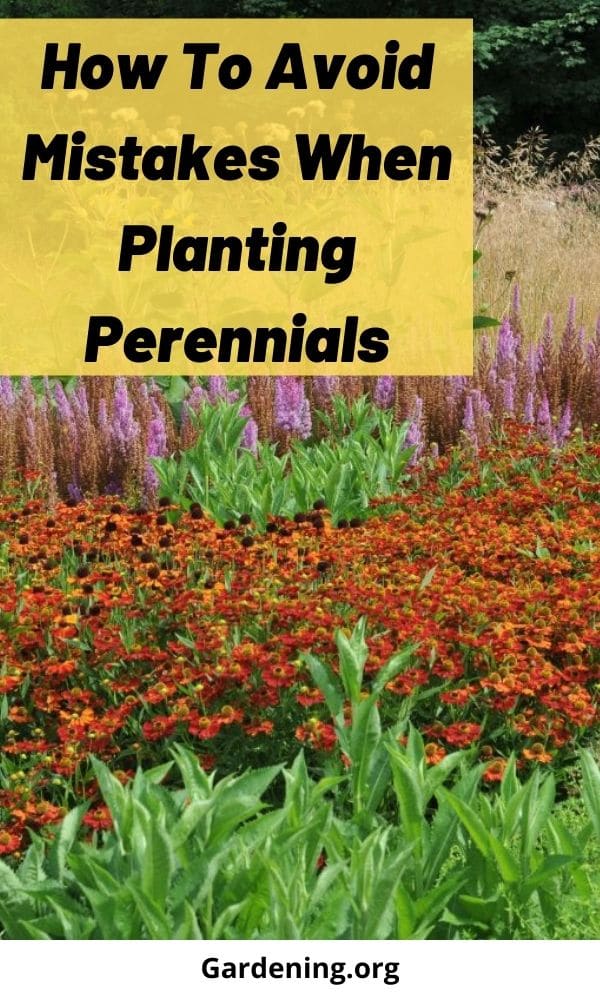
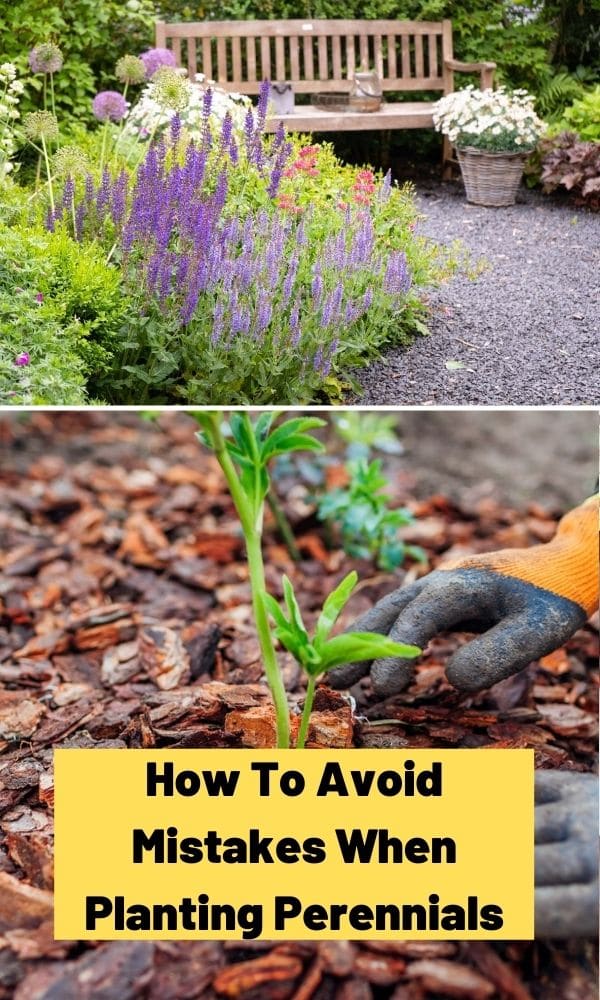
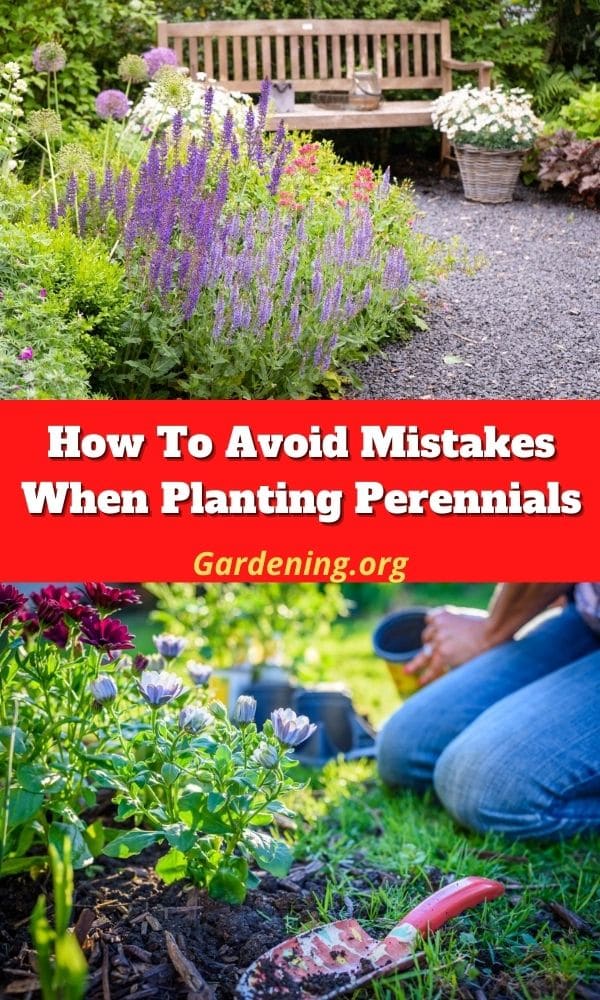
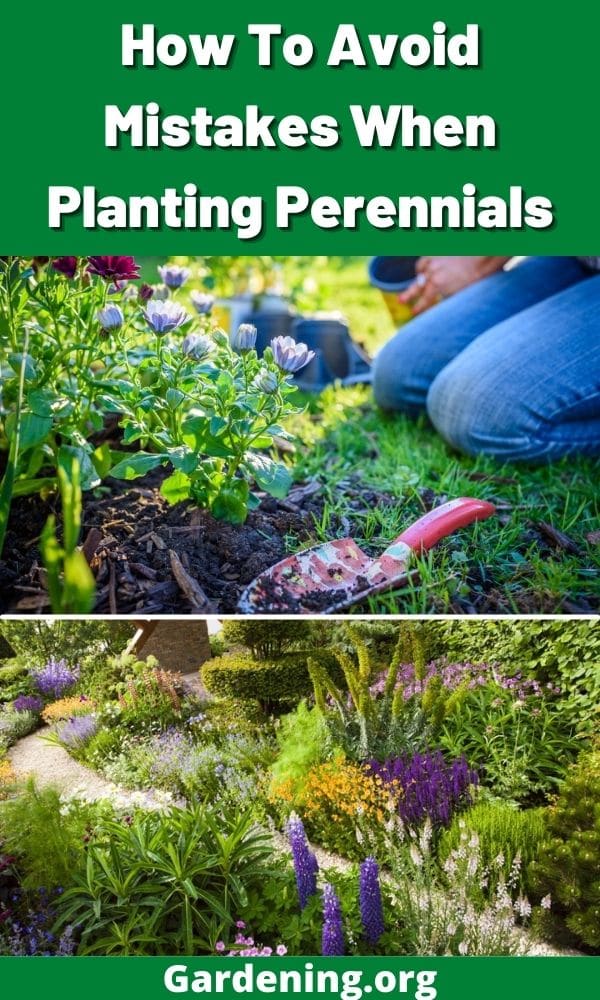
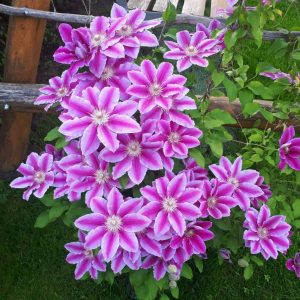
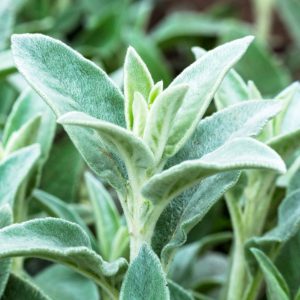

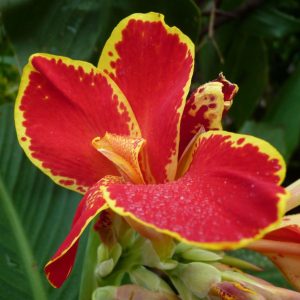
Jim
Are you I terested in a story, how to transplant?